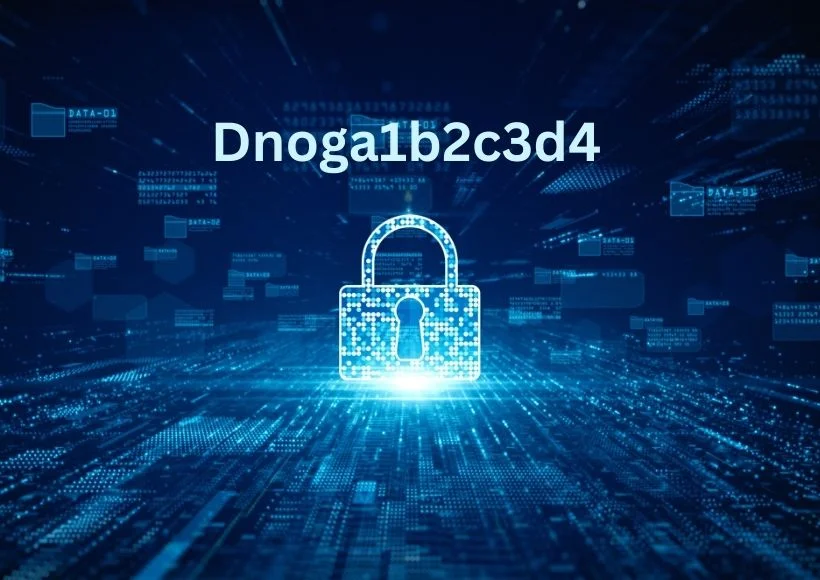Introduction
In the ever-evolving digital landscape, identifiers like dnoga1b2c3d4 have emerged, sparking curiosity and concern among cybersecurity professionals and tech enthusiasts alike. This seemingly random alphanumeric string has been spotted across various platforms, leading to speculations about its purpose and significance. While some view it as a potential security threat, others consider it a tool for data collection and system optimization. This article delves into the nature of dnoga1b2c3d4, its applications, and the implications of its presence in digital systems.
What is dnoga1b2c3d4?
At its core, dnoga1b2c3d4 is an alphanumeric string that appears in various digital environments. Its structure suggests it could be a unique identifier or token used in software systems. Similar codes are often employed for purposes such as authentication, authorization, or tracking within applications and websites. For instance, codes like this can serve as session identifiers or API keys, facilitating secure interactions between users and systems. The presence of such identifiers is common in modern software development, where unique tokens are crucial for maintaining security and integrity.
Potential Roles and Applications
1. Cybersecurity and Digital Watermarking
One of the primary concerns surrounding dnoga1b2c3d4 is its potential use in cybersecurity. Some experts suggest that it could function as a digital watermark, embedded within code to trace its origin or detect unauthorized use. This technique is often employed by developers and cybersecurity professionals to ensure the integrity of their software and to identify any unauthorized modifications or distributions. By embedding unique identifiers like dnoga1b2c3d4, developers can track the deployment and usage of their software, aiding in the detection of potential security breaches.
2. Penetration Testing and Vulnerability Assessment
Another plausible application of dnoga1b2c3d4 is in penetration testing. Security researchers and ethical hackers often use unique identifiers to mark specific areas of code or systems during vulnerability assessments. These markers help in tracking the scope of testing and ensuring that all potential vulnerabilities are addressed. The use of such identifiers can streamline the testing process and enhance the thoroughness of security evaluations.
3. Data Collection and Analytics
Beyond security, dnoga1b2c3d4 may play a role in data collection and analytics. In the realm of search engine optimization (SEO) and digital marketing, unique identifiers are often used to track user interactions and gather data for analysis. For example, tools like Google Search API and SerpApi allow for the extraction of structured data from search engine results pages (SERPs), which can be used to monitor trends, analyze competitors, and optimize content strategies. These identifiers can facilitate the collection of valuable insights, driving informed decision-making in digital strategies.
Ethical Considerations and Best Practices
While the use of unique identifiers like dnoga1b2c3d4 can offer benefits in terms of security and data collection, it’s essential to consider the ethical implications. Transparency is crucial when implementing such identifiers, ensuring that users are informed about their usage and the data being collected. Additionally, adhering to privacy regulations and best practices is paramount to maintain user trust and comply with legal standards.
Read More: How to Redeem lna2u9h2f1k7 in Free Fire – Complete Guide
Conclusion
The emergence of dnoga1b2c3d4 highlights the complexities of modern digital systems and the multifaceted roles that unique identifiers play within them. Whether serving as a tool for cybersecurity, a marker in penetration testing, or a component in data collection strategies, dnoga1b2c3d4 exemplifies the intricate nature of digital interactions. As technology continues to advance, understanding the functions and implications of such identifiers will be crucial for developers, cybersecurity professionals, and users alike. By fostering awareness and adhering to ethical practices, the digital community can navigate the evolving landscape of unique identifiers with confidence and responsibility.
FAQs
1. What is dnoga1b2c3d4?
Dnoga1b2c3d4 is an alphanumeric string that appears in various digital environments. Its structure suggests it could be a unique identifier or token used in software systems for purposes such as authentication, authorization, or tracking.
2. Is dnoga1b2c3d4 a security threat?
While there are concerns about its potential use in cybersecurity, dnoga1b2c3d4 itself is not inherently a security threat. Its presence may indicate its role in digital watermarking or as a marker in penetration testing.
3. How can I detect dnoga1b2c3d4 in my system?
To detect dnoga1b2c3d4, conduct a thorough audit of your codebase, including HTML, JavaScript, and backend logs. Utilize malware scanning tools and endpoint protection software to identify any unauthorized presence.
4. Can dnoga1b2c3d4 be used for data collection?
Yes, dnoga1b2c3d4 may be employed in data collection strategies, particularly in SEO and digital marketing, to track user interactions and gather data for analysis.
5. What are the ethical considerations of using dnoga1b2c3d4?
When using unique identifiers like dnoga1b2c3d4, it’s essential to ensure transparency with users, adhere to privacy regulations, and implement best practices to maintain user trust and comply with legal standards.
